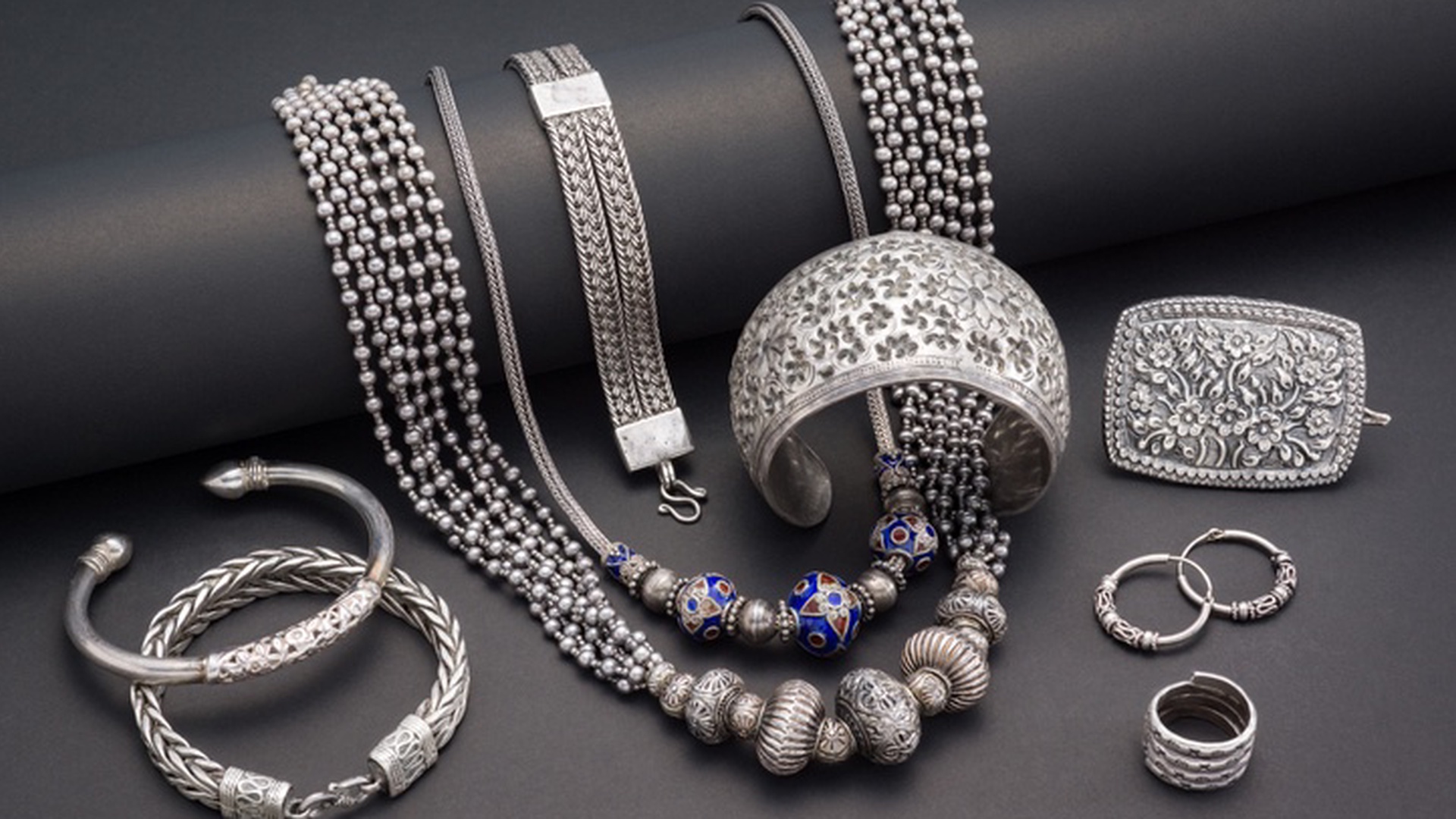

Argentium silver represents a significant evolution in sterling silver alloys, offering solutions to long-standing industry challenges, particularly the issue of tarnishing. Traditional sterling silver, composed of 92.5% silver and 7.5% copper, is prone to tarnish due to chemical reactions between copper and sulfur-containing compounds in the environment. Argentium silver transforms this paradigm by replacing copper with germanium and other advanced alloying elements, resulting in a silver alloy with superior tarnish resistance, enhanced strength, and a bright, natural sheen.
The introduction of germanium into Argentium’s composition creates a protective oxide layer that prevents silver from interacting with tarnish-inducing compounds. This innovation addresses not only tarnish but also other challenges, such as fire scale formation and brittleness in mechanical operations, making Argentium a high-performance alternative to traditional sterling silver.
At the core of Argentium silver’s tarnish resistance is the incorporation of germanium, which reacts with oxygen to form a transparent, passivating oxide layer. This layer acts as a shield, significantly reducing the likelihood of tarnish formation. In contrast, the copper content in traditional sterling silver is highly reactive, leading to the development of silver sulfide, which manifests as a dull, dark tarnish on the surface. The elimination of copper in Argentium improves its resistance to tarnish and prevents the formation of fire scale, a common issue in sterling silver manufacturing.
Argentium’s tarnish resistance has been rigorously tested in laboratory and real-life scenarios. Argentium consistently outperformed traditional sterling silver and even other modern tarnish-resistant alloys in accelerated lab tests designed to simulate prolonged exposure to sulfur-rich environments. Real-life trials in varied environments, including high-humidity regions and areas with significant pollution, further validated Argentium’s ability to maintain its brilliance over extended periods.
Argentium silver’s properties extend beyond tarnish resistance, making it an attractive material for manufacturers and consumers. In manufacturing, the absence of copper eliminates fire scale, streamlining the production process and reducing the need for extensive polishing or coating. Unlike alloys that rely on silicon or germanium for fire scale resistance, Argentium avoids hot cracking and brittleness, ensuring smooth casting and superior durability. Its age-hardening capabilities also enhance strength, making it suitable for crafting durable jewelry and decorative pieces.
In everyday use, Argentium offers practical benefits for consumers. Its tarnish resistance reduces the frequency of cleaning and polishing, while its strength ensures longevity even with regular wear. Additionally, the alloy’s natural whiteness eliminates the need for plating with silver or rhodium, providing an eco-friendly alternative that minimizes chemical waste.
Argentium silver shares certain qualities with other modern tarnish-resistant alloys, such as the newly developed 925 Ag alloys incorporating palladium, indium, tin, and zinc. Both Argentium and these new alloys achieve firescale-free properties and comparable tarnish resistance. However, their approaches differ. Argentium relies on germanium for its passivation effect, while the 925 Ag alloys leverage palladium for similar benefits. Argentium’s reliance on germanium provides a cost advantage by avoiding the higher expense of palladium, though the initial alloy cost may still be higher than traditional sterling silver.
In terms of performance, Argentium rivals even premium gold alloys like 9K gold in tarnish resistance, making it an appealing choice for high-end applications. Its ability to maintain its appearance without coatings or plating aligns with consumer preferences for low-maintenance, long-lasting luxury items. Argentium’s environmental benefits, including using recycled silver and eliminating plating processes, further enhance its appeal in an increasingly eco-conscious market.
In conclusion, the newly developed alloys present a compelling option for jewelers seeking to offer products with a longer-lasting appearance. Still, they come with considerations around cost and the inevitable limitations of tarnish resistance. Consumer satisfaction is likely to improve due to the alloys' reduced need for coatings and their superior tarnish resistance, yet transparency in marketing is essential. Consumers should understand that while these alloys offer significant advancements, tarnishing can never be entirely avoided, especially in the most challenging real-world scenarios.